
Ingredient
Seasoning, sauces and condiments
Flavor Enhancers: Elevating Culinary Delights
Seasoning, sauces, and condiments encompass a wide range of ingredients used to enhance the taste of food. From aromatic herbs and spices to tangy sauces and savory condiments, these flavor enhancers play a crucial role in creating well-balanced and delicious dishes. They can be used to add heat, sweetness, acidity, or umami to a variety of cuisines and recipes.
Origins and history
The use of seasonings, sauces, and condiments dates back to ancient times when humans discovered the power of adding flavor to their meals. Throughout history, different cultures have developed their unique blends of spices, sauces, and condiments, reflecting their culinary traditions and regional ingredients. From the exotic spices of the Silk Road to the fermented sauces of East Asia, these ingredients have shaped the flavors of countless dishes around the world.
Nutritional information
Seasonings, sauces, and condiments are not significant sources of nutrients on their own, as they are typically used in small quantities. However, they can contribute to the overall flavor and enjoyment of a meal, making it more satisfying and pleasurable to eat.
Allergens
Some seasonings, sauces, and condiments may contain allergens such as gluten, soy, or nuts. It is essential to read the ingredient labels carefully and be aware of any known allergies or dietary restrictions.
How to select
When selecting seasonings, sauces, and condiments, look for high-quality products made with fresh, natural ingredients. Opt for brands that prioritize flavor and quality, and avoid those with artificial additives or excessive amounts of sodium. Consider your personal taste preferences and the specific flavor profile you want to achieve in your dishes.
Storage recommendations
To maintain the freshness and quality of seasonings, sauces, and condiments, store them in a cool, dry place away from direct sunlight. Keep them tightly sealed in airtight containers to prevent moisture and air exposure, which can degrade their flavors. Check the expiration dates regularly and discard any products that have passed their prime.
How to produce
Producing seasonings, sauces, and condiments at home can be a rewarding and creative process. Experiment with different combinations of herbs, spices, and other ingredients to create your unique blends. Grow your own herbs and spices in a garden or small pots to have a fresh supply of aromatic ingredients at your fingertips.
Preparation tips
The preparation and use of seasonings, sauces, and condiments vary depending on the specific ingredient. Some may be used as rubs or marinades for meats, while others are sprinkled over dishes as a finishing touch. Experiment with different combinations and quantities to find the perfect balance of flavors in your recipes.
Substitutions
There is a wide range of substitutions available for seasonings, sauces, and condiments, depending on the specific flavor profile you are trying to achieve. For example, if a recipe calls for soy sauce, you can substitute it with tamari or coconut aminos for a gluten-free option. Similarly, if a recipe calls for a specific spice blend, you can create your own by combining individual spices in the desired proportions.
Culinary uses
Seasonings, sauces, and condiments are essential in various cuisines and recipes. They can be used to season meats, vegetables, soups, stews, and sauces, adding depth and complexity to the flavors. They are also commonly used as dips, dressings, or condiments to enhance the taste of dishes.
Availability
Seasonings, sauces, and condiments are widely available in grocery stores, supermarkets, and specialty food stores worldwide. They can be found in both fresh and packaged forms, depending on the specific ingredient. Some unique or regional seasonings, sauces, and condiments may be more challenging to find outside their country of origin.
More ingredients from this category
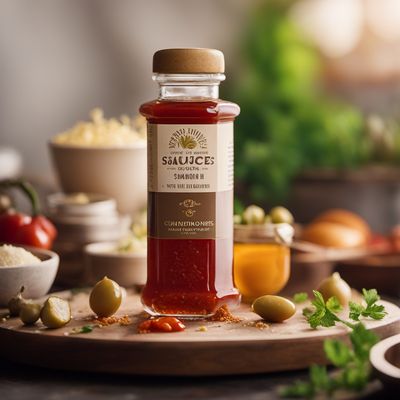
Savoury extracts and sauce ingredients
Enhancing Flavors: Unveiling the Magic of Savory Extracts and Sauce Ingredients

Condiments (including table-top formats)
The Flavor Enhancers: Unleashing the Power of Condiments

Seasoning mixes
The Art of Flavor Fusion

Dessert sauces/toppings
Sweet Indulgences
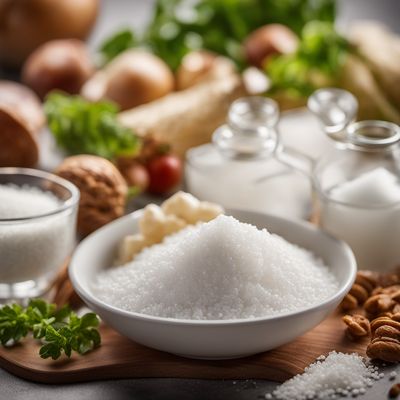
Salt
"The Essential Flavor Enhancer: Unveiling the Magic of Salt"
Recipes using Seasoning, sauces and condiments » Browse all
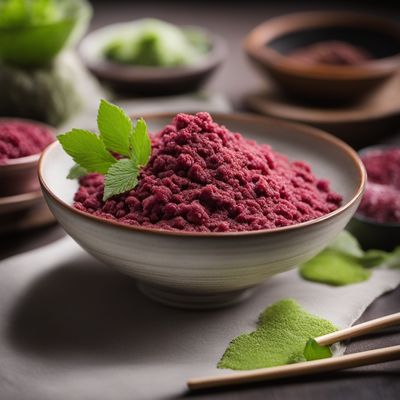
Momiji Manjū with a Twist
Maple Leaf Delights: A Modern Twist on Momiji Manjū

Chicken and Waffles with Maple Butter Sauce
Crispy Fried Chicken and Fluffy Waffles with a Sweet Maple Butter Sauce

St. Louis Style Gooey Tablet
Buttery Delight: St. Louis Style Gooey Tablet

Dominican Dalgona Candy
Whipped Delight: Dominican Dalgona Candy
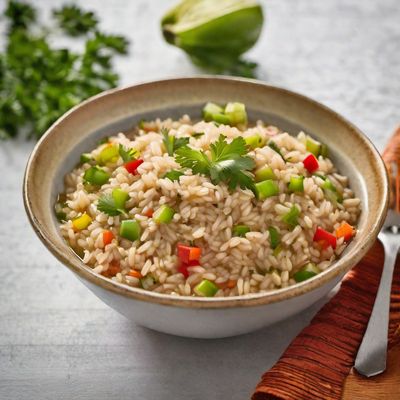
Puerto Rican Style Risotto
Arroz con Pollo Risotto: A Fusion of Italian and Puerto Rican Flavors
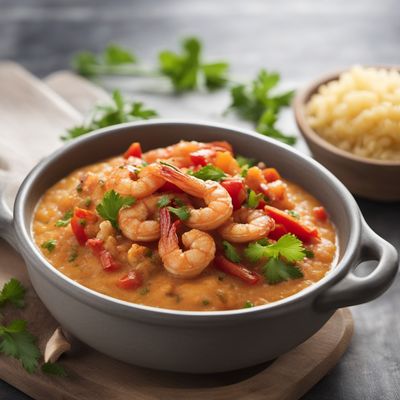
Cajun-style Shrimp and Grits
Spicy Cajun Shrimp and Creamy Grits Delight

Marquesas Soul Food Delight
Soulful Marquesas: A Fusion of French Elegance and Southern Comfort

Cajun-style Cheese Strudel
Spicy Cajun Cheese Strudel: A Fiery Twist on a Classic Delight

Indian Thali Recipe
Flavors of India: A Wholesome Thali Experience
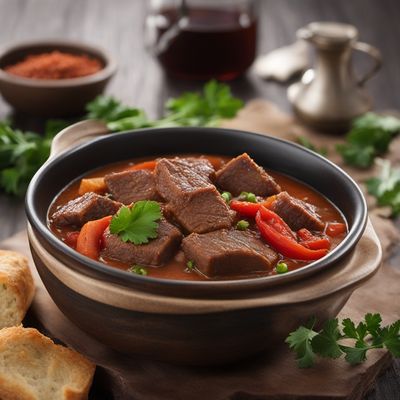
Cajun-style Beef Stew
Spicy and Savory Cajun Beef Stew
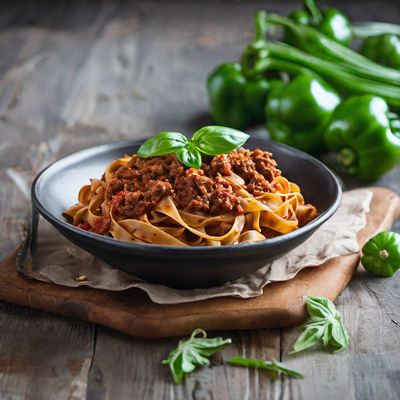
Soulful Tagliatelle al Ragù alla Bolognese
Soulful Italian-Inspired Pasta with Hearty Meat Sauce

Cajun Cream Cheese Strudel
Spicy Cajun Twist on a Classic Cream Cheese Strudel